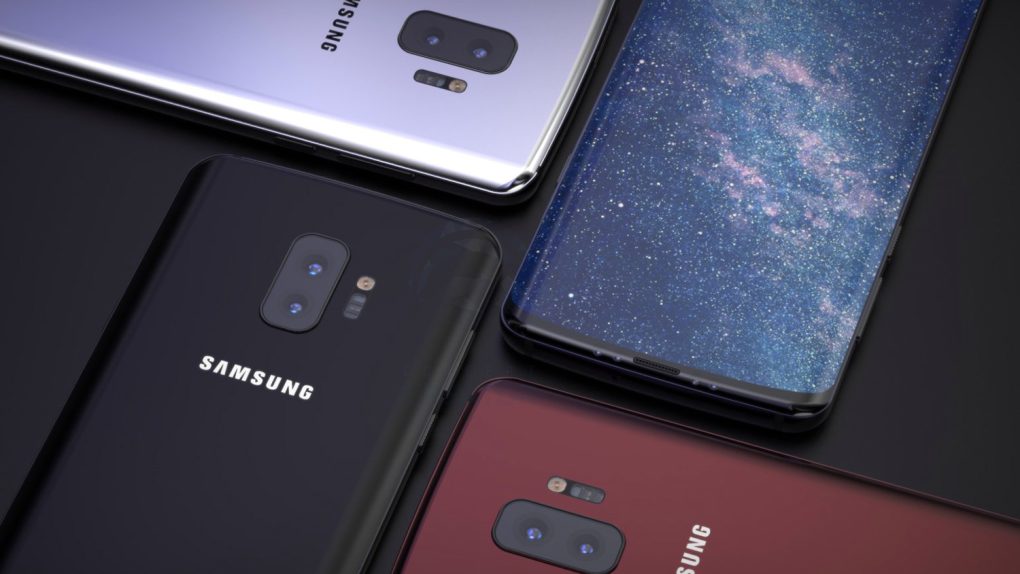The Galaxy Note 9 is just a few weeks away, but it’s 2019 that’s shaping up to be a truly exciting year for Samsung. Rumors say that two distinct Galaxy flagships will be unveiled in the first half of next year, including three Galaxy S10 models and Samsung’s first-ever foldable Galaxy phone. The success of the Galaxy S10 is critical for the company, given that the Galaxy S9 hasn’t been doing as well as expected, and that the foldable handset will be an expensive, niche phone available in limited quantities in the first year.
The Galaxy S10 is supposed to mark the 10-year anniversary of the first Samsung smartphone created to compete against the iPhone, and it’s a phone that’s expected to bring over several significant improvements and design changes. In fact, a new report teases a Galaxy S10 feature that no other smartphone has.
We’ve seen it in patents before, including documentation detailing Apple innovations, but this particular invention has yet to be used in a smartphone. I’m talking about an ultrasonic fingerprint sensor that would rely on ultrasound to read fingerprints.
Two Galaxy S10 versions launching next year are supposed to feature a screen with an ultrasonic fingerprint sensor embedded beneath them, Digitimes says. If this sounds familiar, that’s because a similar rumor last week claimed the same thing. The Taiwan-based tech blog now reports that Samsung has been reluctant to place orders for iris recognition chips for the Galaxy S10. Industry sources also say the ultrasonic fingerprint sensors are meant to differentiate the Galaxy S10 from competing devices including the iPhone X, which uses Face ID technology, and Chinese smartphones that feature optical in-display fingerprint sensors.
The Galaxy S10 will come in three sizes, the report notes, including 5.8-, 6.1-, and 6.4-inches. The smallest model will feature a rear-mounted fingerprint sensor like its predecessor — previous reports said the 5.8-inch phone would pack a fingerprint sensor on the side.
On top of the two Galaxy S10 versions equipped with ultrasonic fingerprint sensors, Samsung will apparently launch two other phones with similar features, including next year’s high-end Galaxy A model and the 2019 Galaxy Note.
There’s more evidence that suggests smartphone makers are looking at this fingerprint-sensing tech. GIS chairman Chou Hsien-ying said his company will begin volume production of ultrasonic in-display fingerprint modules in the second half of 2018. More 2019 smartphones will have fingerprint sensors embedded into the display, whether they’re optical or ultrasonic, the sources said. But the Galaxy S10 might be the first smartphone in the world to go for an ultrasonic version, and that’s good news for Samsung fans because it should offer better performance than an optical sensor.








